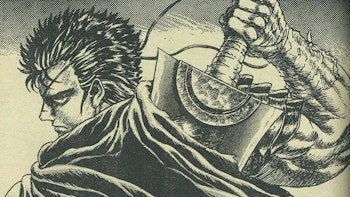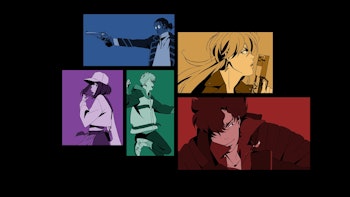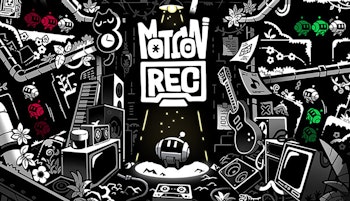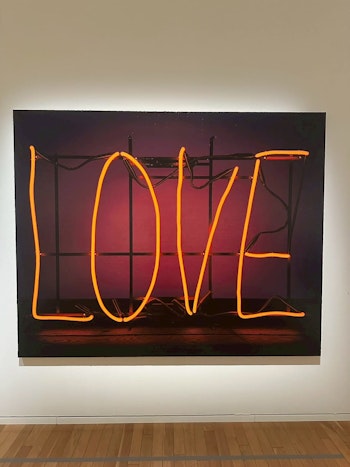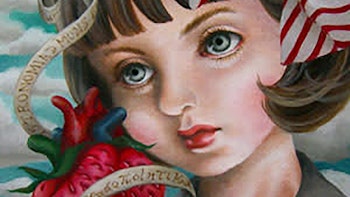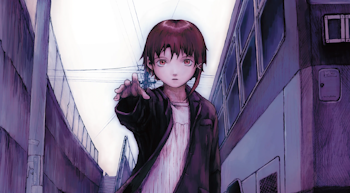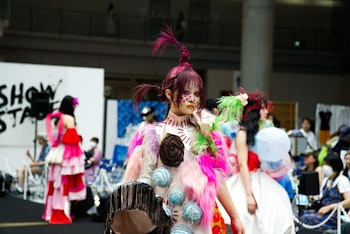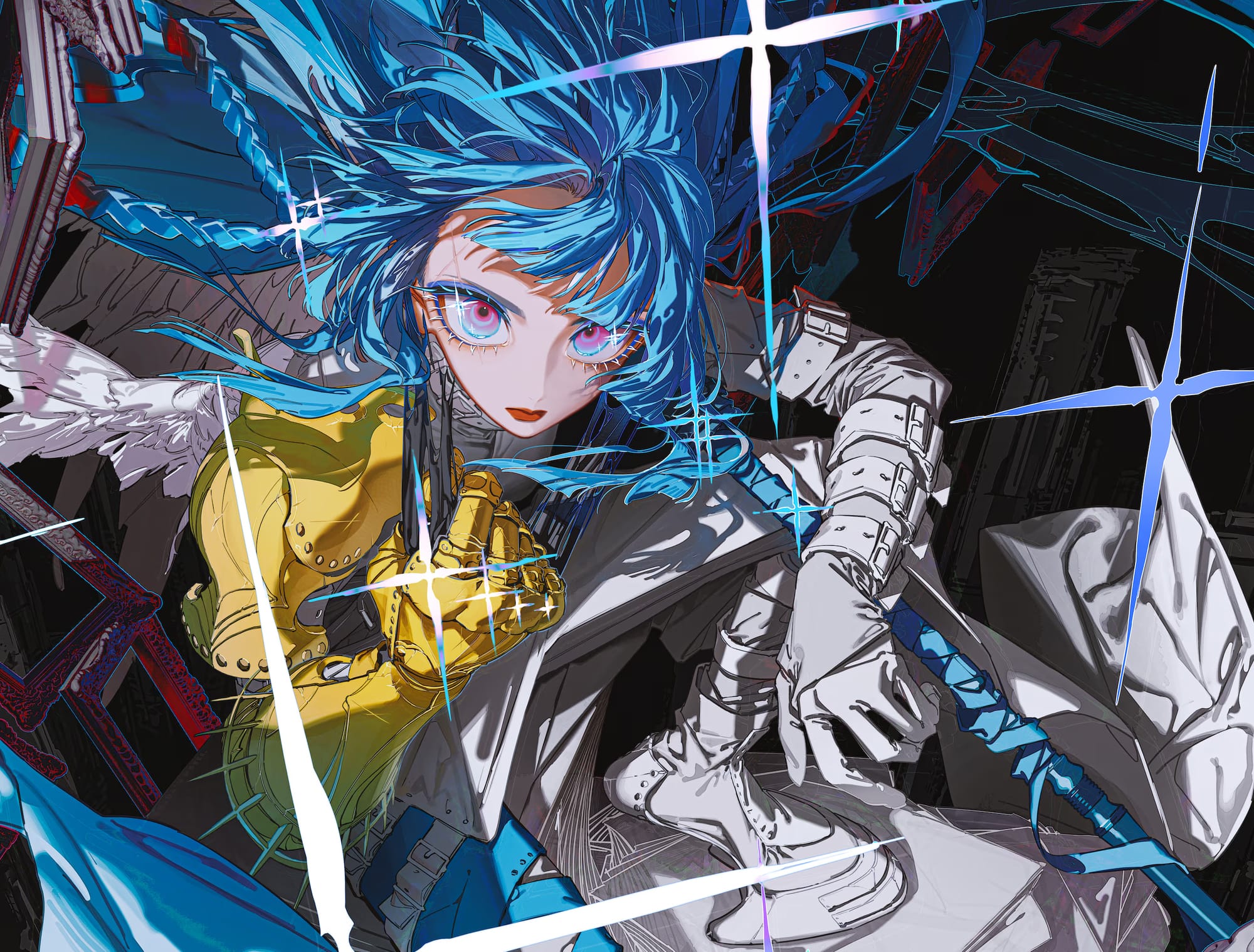
It’s easy to be somewhat corny, cliche, talking about how powerful and moving art can be. But it really is! Art can inspire, it can move us. To see the way the pen connects with the paper, both analogue and digitally, allowing our innermost ideas and emotions, explicit or implicit, to shine. It’s important. It’s why I’m always inspired to not only create myself (albeit with words and pictures and not drawings), but to seek out new artists and creatives. Again, corny, cliche, but no less important, especially now.
When I come across a book like those in pixiv’s yearly Visions series, it excites me. Not just for the art I can find inside its pages, but as a window of discovery into a world of creativity both familiar and unusual, at times across styles I would never myself seek out. The series has been a mainstay since 2021, although the concept of pixiv releasing a yearly compilation of artists on the platform goes all the way back to 2009, around the time the platform for artists to share their work online first gained major prominence.
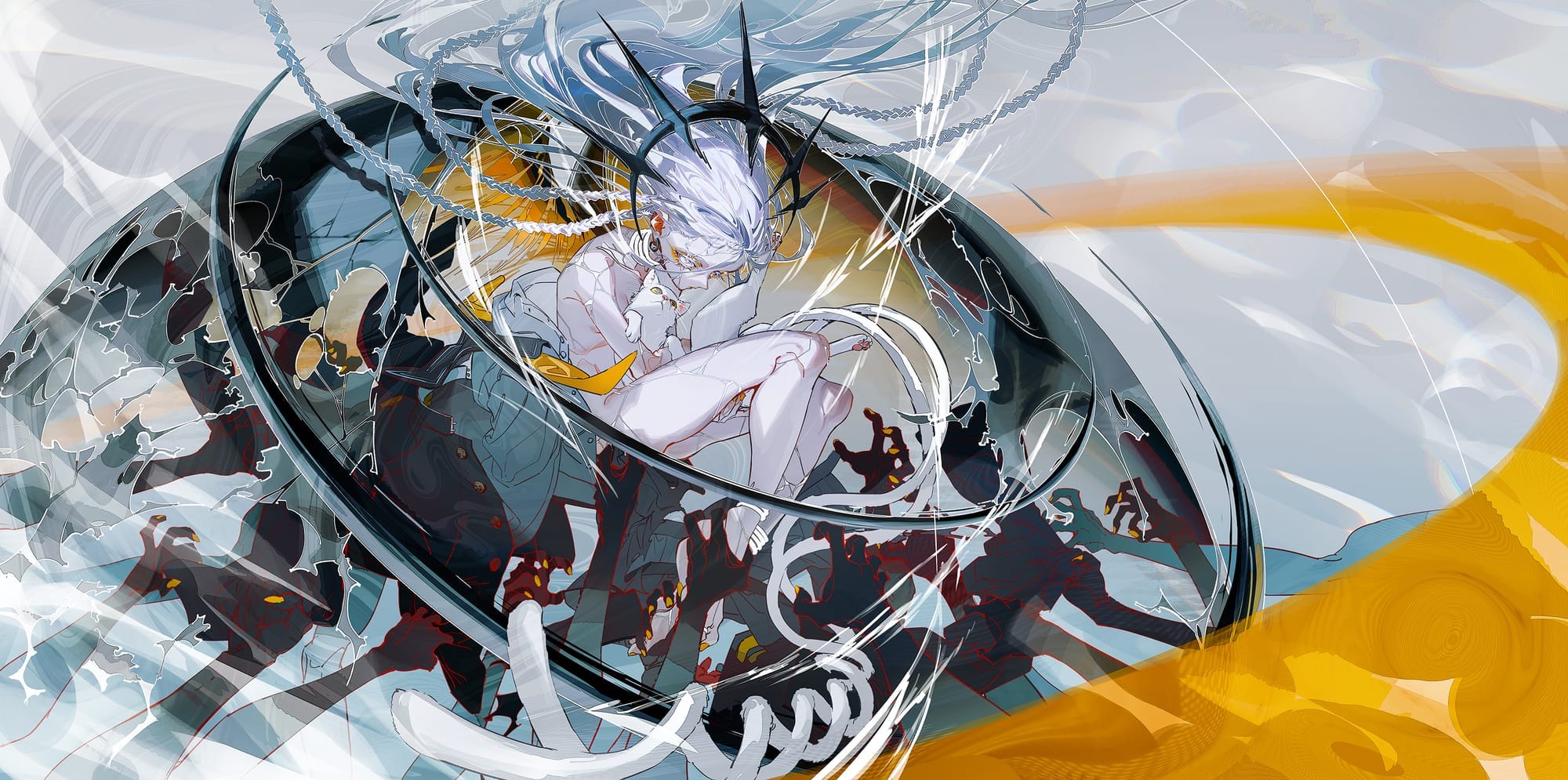
As part of the Visions project, the company collects 170 artists from across the platform and in a range of styles and gives each artist two pages to essentially serve as their portfolio in a celebration of the best creativity of the year from the platform. Aside from one artist entrusted with creating the cover (this year being the work of Rolua (ろるあ)), thus granting them this front-of-book space and a brief interview and timeline of creating the cover art as additional coverage of their work in the back of each volume, the book is an equalizer away from the algorithm and online advertising.
Using these two pages, artists have a chance to introduce themselves, their work, and their design ideals. There are a few unifying design ideas for the layout of each spread. Along the left-hand side of each is space for a profile photo, social media beyond pixiv, a URL to their work, the creative tools they use, and a brief biography that can introduce their design intent, themselves, major projects and more. In the bottom left-hand corner, a QR code linking to their pixiv profile. Across the bottom, the name of each artwork featured is displayed.
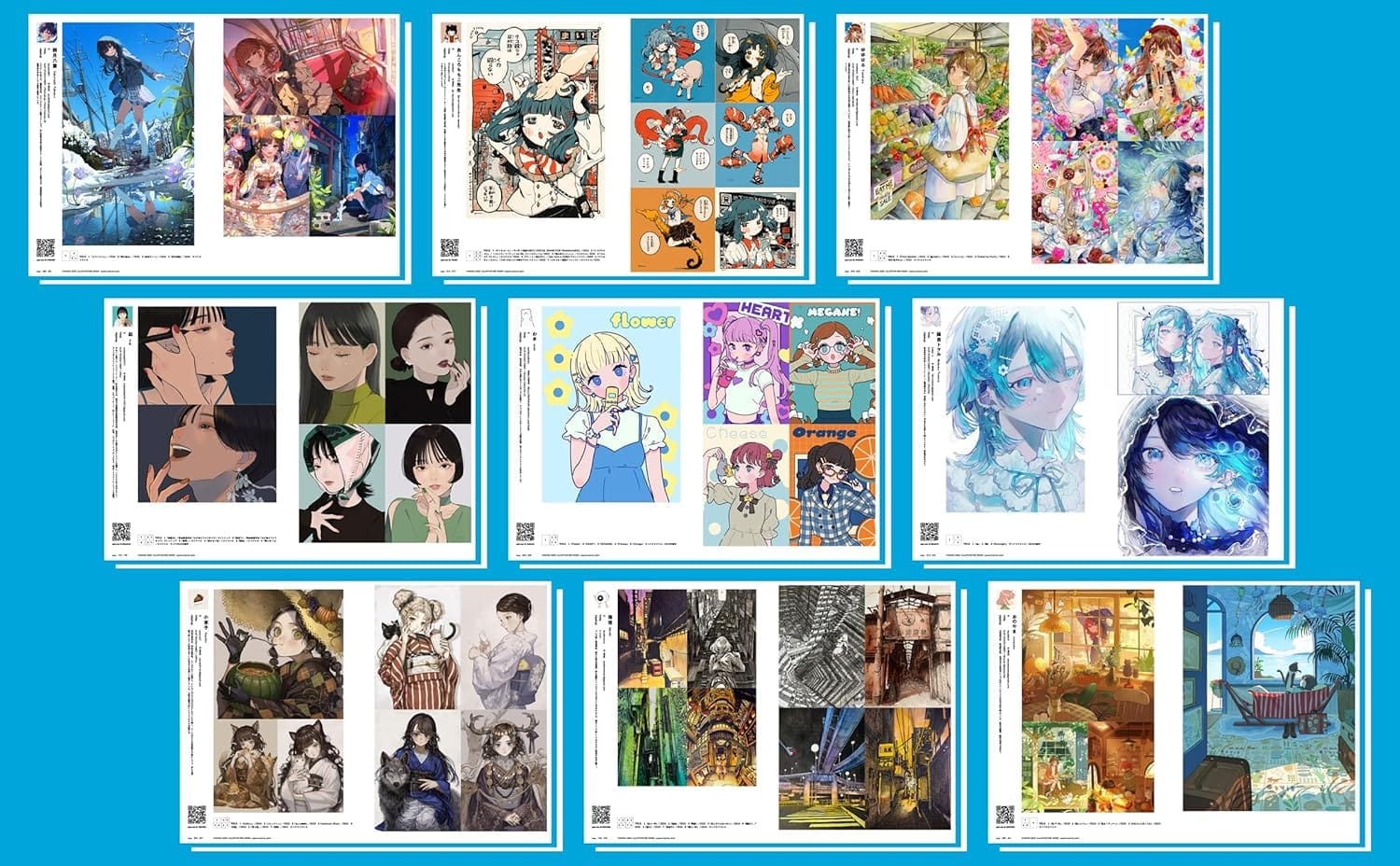
Beyond that, artists are free to select their own artwork and display it in whatever way they please. Some will cram the page with as many as six or seven pieces, while others will focus just two or three key pieces and give them greater prominence to showcase the intimate details of their style. This is their platform, and they’re free to use it as seen fit.
Consider pixiv’s role in the book as a curator. They will select the artists, and within that will ensure there’s a wide variety of artistic styles represented. As the site has grown more global even with Japan remaining a primary focus, more artists from beyond Japan, such as South Korea, China, and the US, have space to shine. They’ll also promote the book, with the recognizability of pixiv giving the art inside a seal of quality. But they won’t influence how you view the art once it’s on the page. They even keep the book in Japanese kana order, so no priority is given in placement, either.
The result is a treasure trove, with new wonders awaiting on every turn of the page from full-time illustrators and creatives with years of experience to Gen Z or new-learner newcomers, including a few artists still in school at the time of publication. One early artist featured in the book is ajimita, whose style captures a youthful wonder using typically-softer colors and linework to create a delicacy to their appearance. Included in the projects they have worked on and featured on their spread is a piece featured in the music video for Wonder by music unit tayori. This soaring piece of a schoolgirl flying through the sky with a blimp in the background is one I’ve seen before when listening to the song, and has a fantastical quality that enamors.
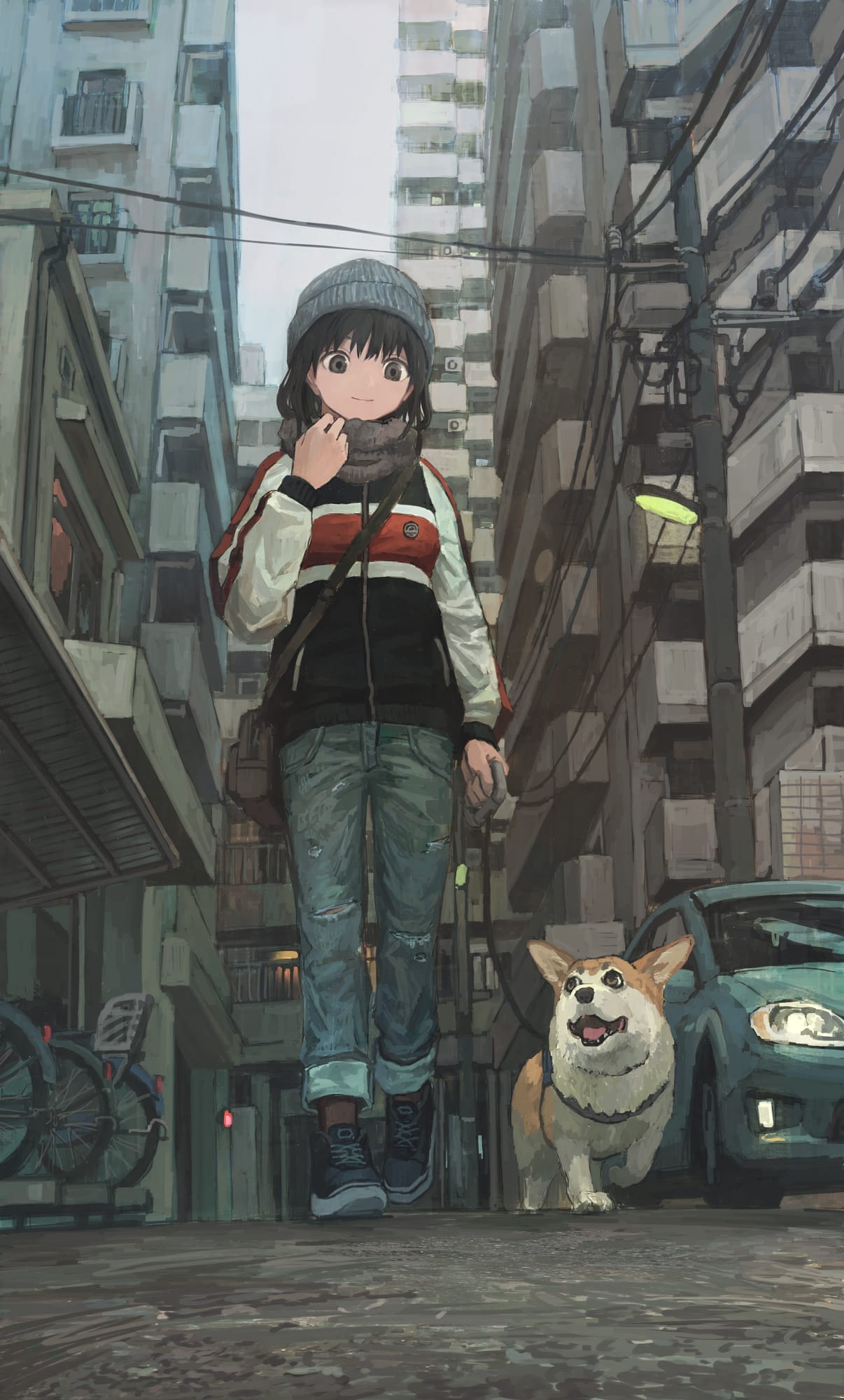
Yet a few pages later you’ll have the work of Akima (あきま). The pastels are replaced for something far grungier, with cityscapes and a far moodier worldview expressed. Flying through the sky with a blimp is contrasted on this spread with a forlorn woman in a thick trenchcoat looking upon the crumbling remains of a warplane.

By contrast birdman’s high-detail pixel art is unlike anything in the book up until their inclusion, the maid dress and sport catgirls rendered in such a fashion captivating. For international inclusions, Deb JJ Lee from New York brings an influence from tarot and world cultures into their spread of high-detail, colorful work.
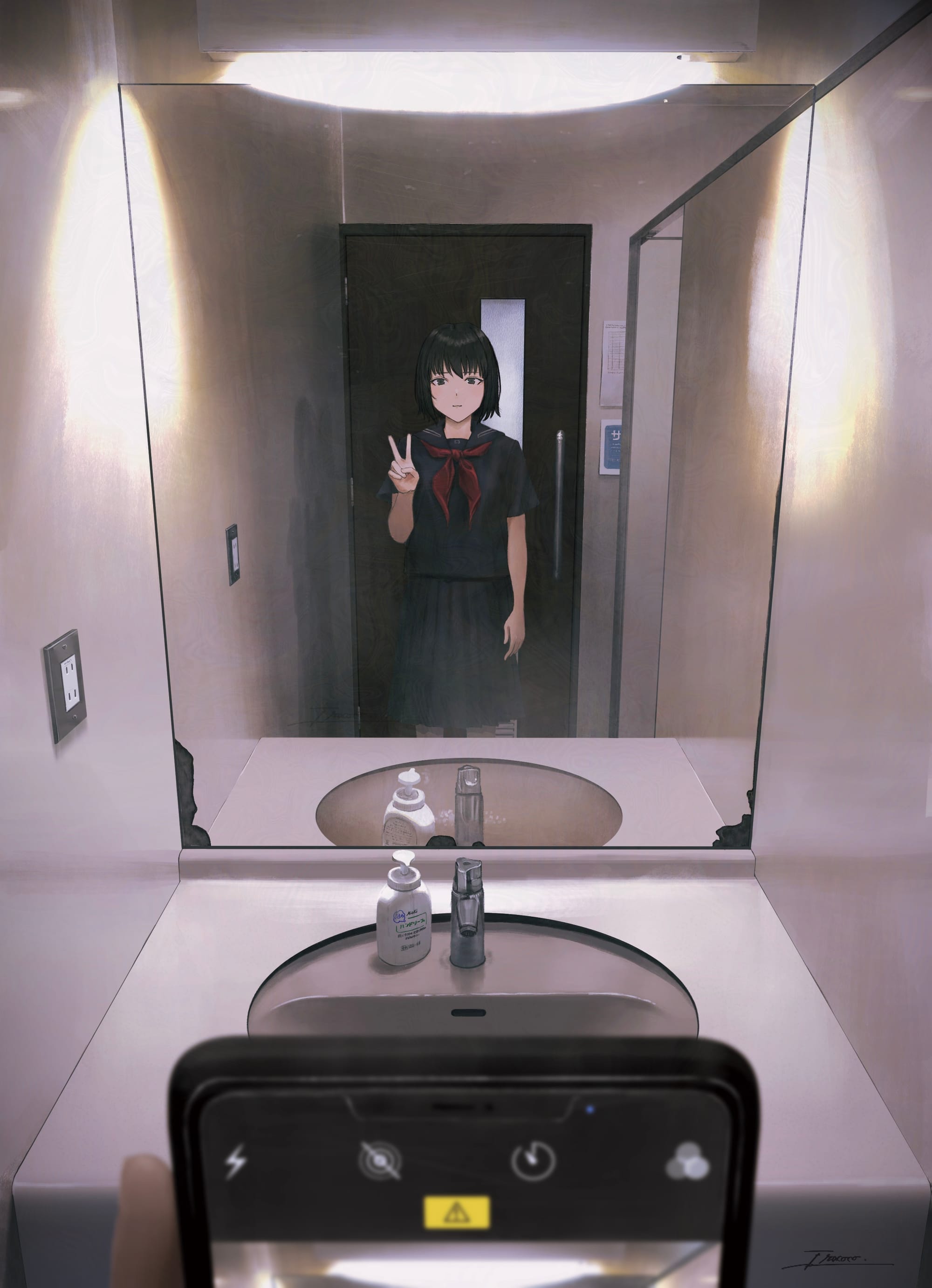
You have the unsettling hyper-realism fracoco immediately followed by the brightly-colored youthful looks of 25-year-old of Furuike (ふるいけ). Harada Chiaki’s comic print-esque style is distinct and alongside her own work and exhibits has been used for a number of commercial projects like a single for Team SHACHI and a movie poster for the Japanese film We Are Little Zombies, but it couldn’t be more different to the art of itousa.
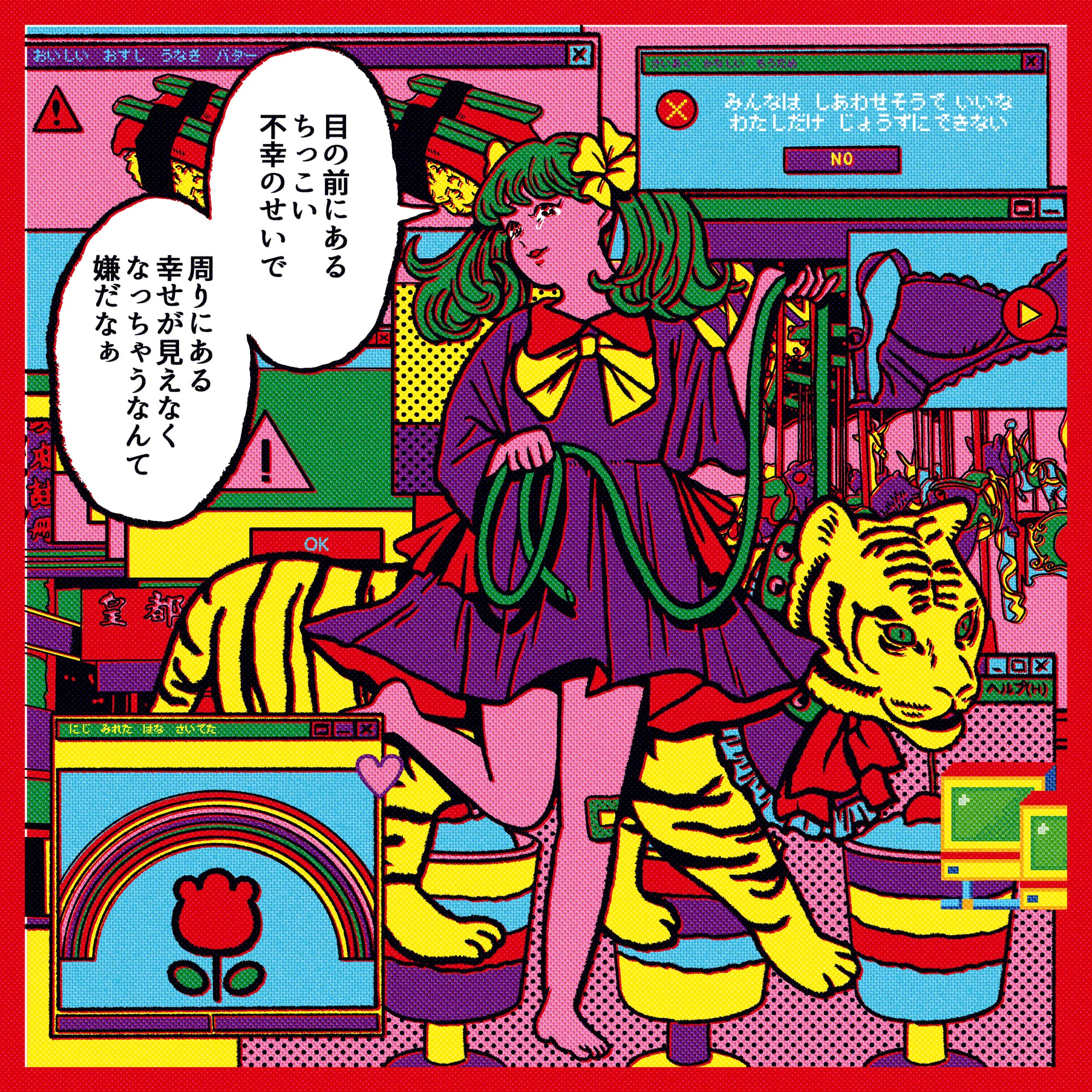
Experience from artists like Nelnal or kantaro (カンタロ), who has worked on projects including the music video for utaite superstar Ado’s hit song Rebellion, are contrasted with a new generation of no-less talented artists like Sochira (そちら), whose style couldn’t be more different.
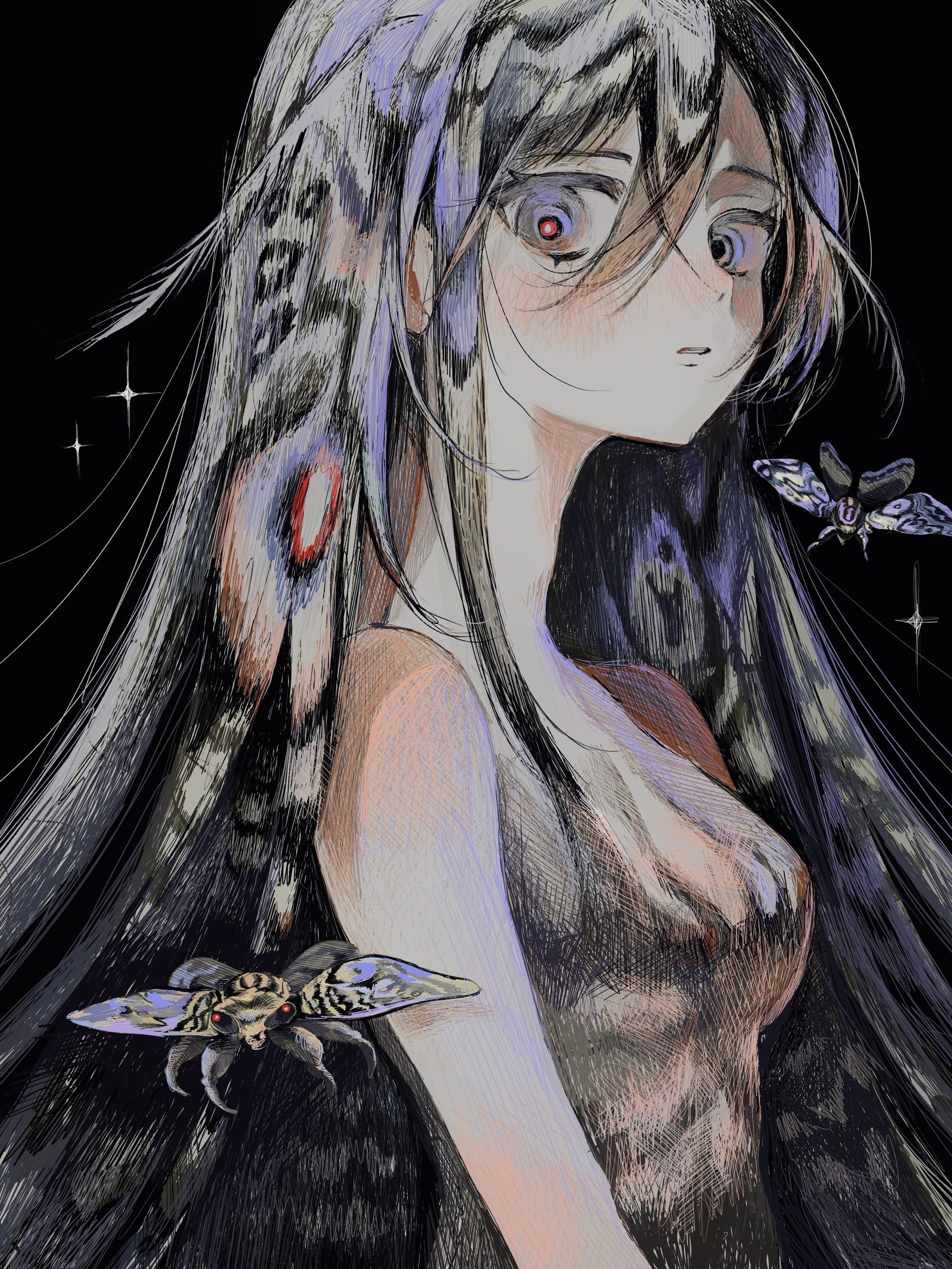
It’s hard to limit to highlighting just a few artists when everyone featured is talented in their craft, and that’s what makes a book like this so special. While I couldn’t attain to the effectiveness as a tool for potential clients, many pages including an email address to contact the artist professionally makes me feel that inclusion here opens doors for new opportunities. With a growing number of such artists able to find creative freedom and stability as freelancers thanks to the growing space for such artists as illustrators for music videos and elsewhere, it’s a great resource for finding new artists to collaborate with.
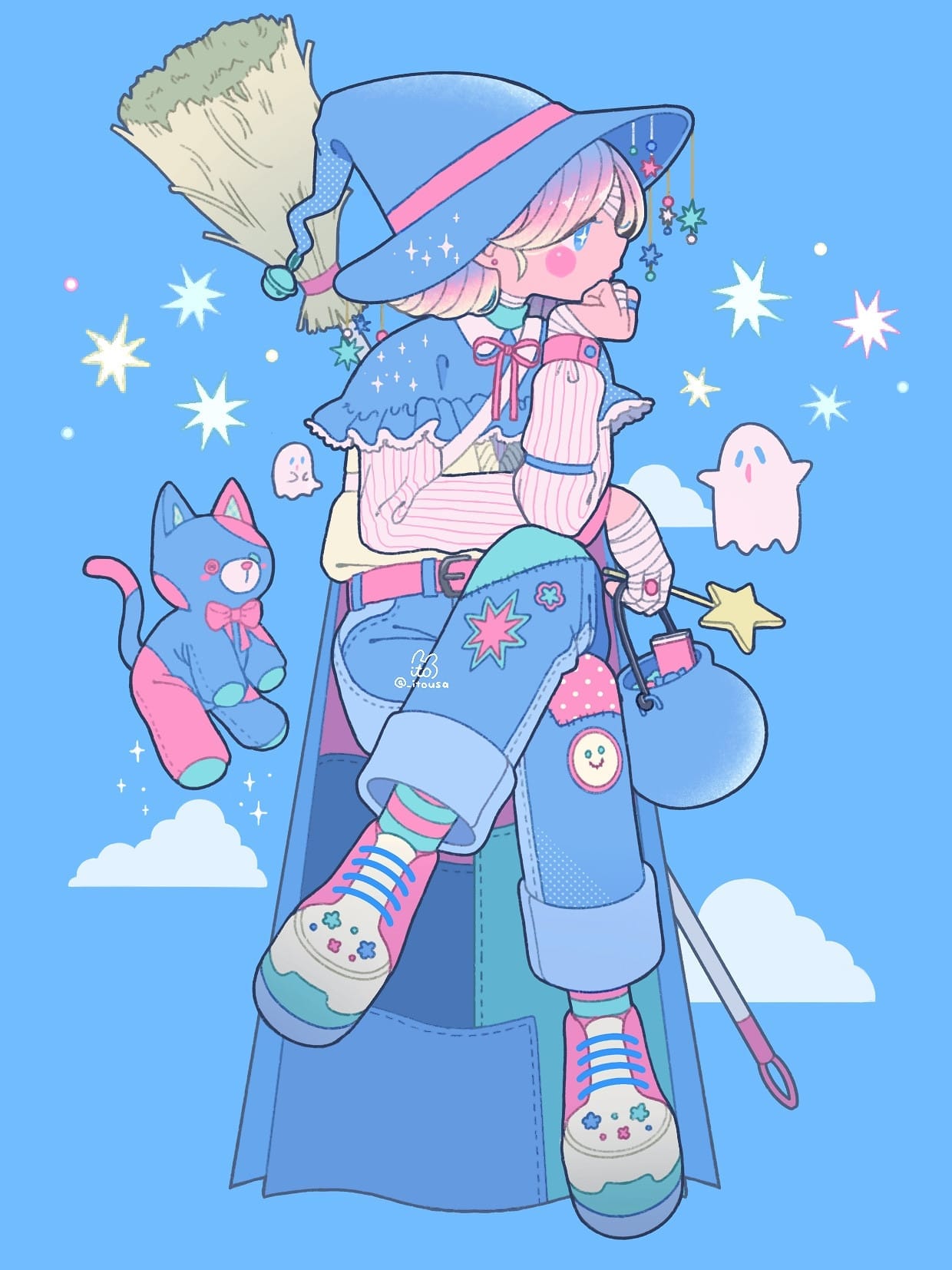
But as someone who merely appreciates the craft, it’s no less inspiring, especially now in an era of AI art. It should be noted that pixiv as a platform is not immune to the influx of AI; it even has sections dedicated to AI so-called art. Yet the views of art in this category pale in comparison, and no art in this book is created using AI tools. Indeed, it feels important as a rebuke of those who believe AI can ever match the breadth and scope of human creativity. Even if it ever fixes its technical flaws, it will never match the soul and heart emanating from these pages.
So yea, it may be corny and cliche to merely state the power of art. But it uplifts in darkness, celebrates in the light, and is ultimately human. Books like this are important in an era like now, and a joy to discover. Cliche be damned.



